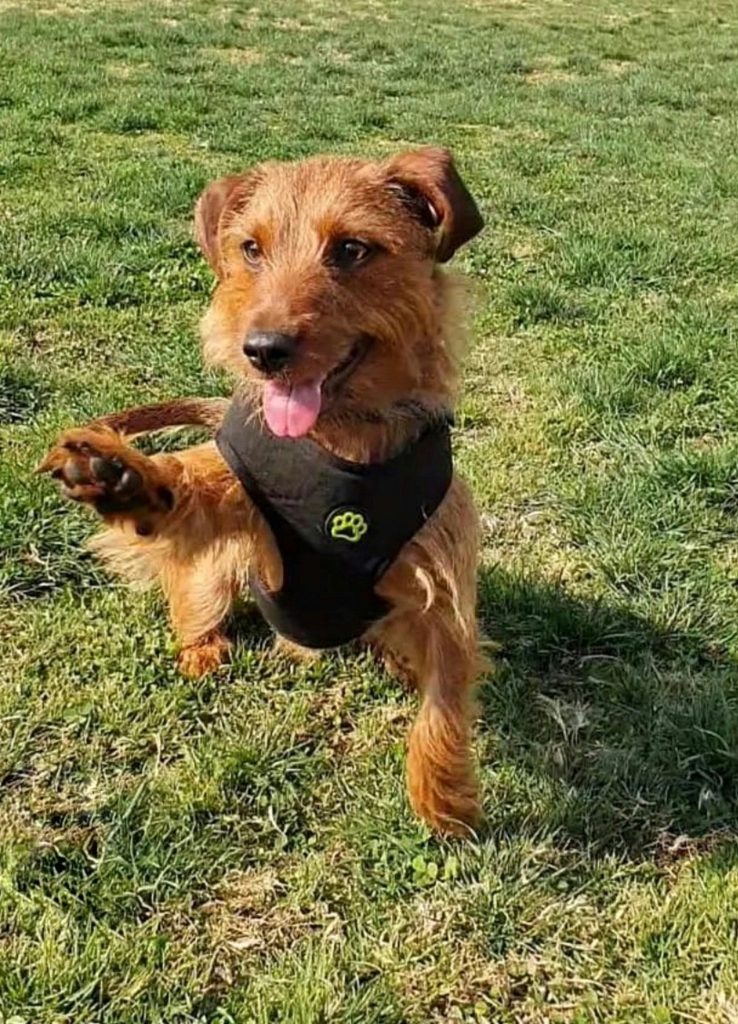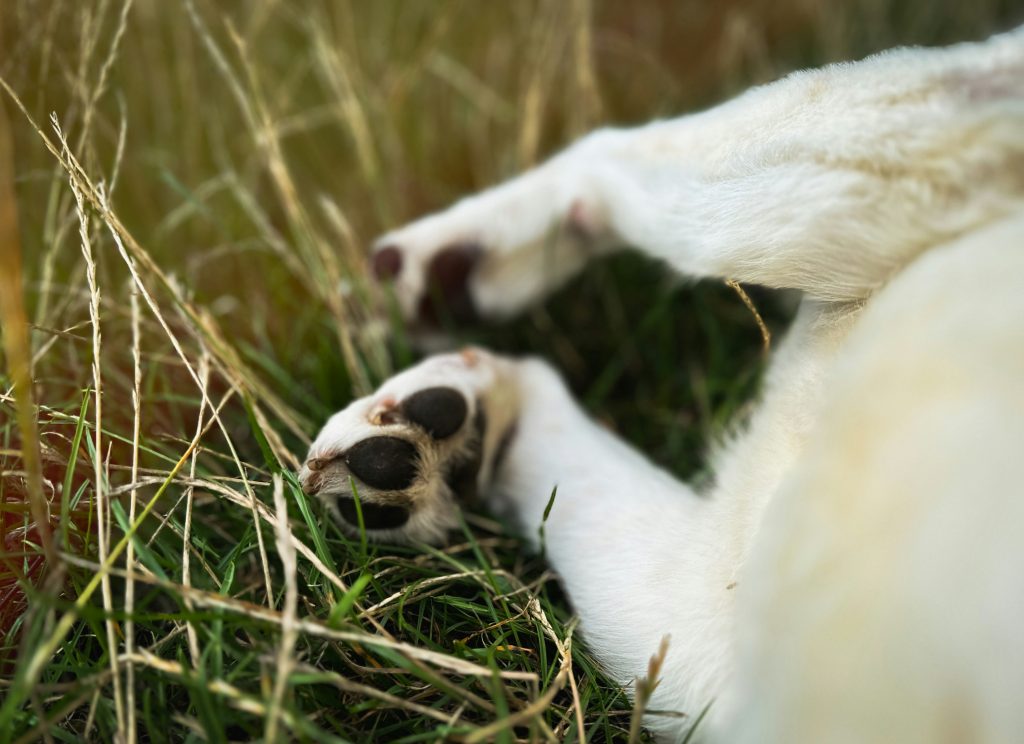Common Paw Pad Injuries and How to Treat Them
Your dog’s paw pads are built for action—but even these tough little foot shields have their limits. Whether your pup is a trail-running adventurer or just enjoys sidewalk strolls, their paw pads are vulnerable to injury from sharp objects, extreme temperatures, and overuse.
In this blog, we’ll go over the most common paw pad injuries, how to treat them at home, and when to see the vet.
1. Common Paw Pad Injuries in Dogs
A. Abrasions and Scrapes
These are the equivalent of skinned knees in dogs—caused by sliding on rough surfaces, sharp rocks, or dragging their feet.
Symptoms:
-
Surface bleeding
-
Limping or licking
-
A rough, scraped texture
B. Cuts or Lacerations
Glass, thorns, and metal can slice a paw pad. These injuries range from shallow cuts to deep gashes.
Symptoms:
-
Bleeding
-
Sudden limping
-
Reluctance to walk
C. Cracks and Dryness
Hot pavement, ice, and dry air can lead to paw pad cracks, especially in winter or desert climates.
Symptoms:
-
Visible splits in the pad
-
Excessive licking
-
Limping during cold or hot weather
D. Burns or Blisters
Walking on hot asphalt or icy sidewalks can cause thermal injuries or chemical burns (like from deicing salts).
Symptoms:
-
Red or peeling pads
-
Swelling
-
Blisters or tenderness
E. Torn Paw Pads
This happens when part of the pad rips away—often seen in high-energy dogs after intense play or running.
Symptoms:
-
Flap of skin hanging off the pad
-
Bleeding
-
Extreme sensitivity
2. First Aid for Paw Pad Injuries
Step 1: Stay Calm and Secure Your Dog
If your dog is hurt, gently restrain them. Even calm dogs may bite when in pain.
Step 2: Clean the Area
Rinse with warm water to remove dirt. Use a dog-safe antiseptic or dilute betadine solution to disinfect.
Step 3: Stop the Bleeding
Apply gentle pressure with a clean cloth or gauze pad for several minutes.
Step 4: Inspect the Injury
If the wound is:
-
Shallow: You may treat it at home.
-
Deep, bleeding heavily, or gaping: See a vet right away.
Step 5: Bandage the Paw (if needed)
Use non-stick gauze, vet wrap (not too tight!), and change the dressing daily.
3. When to Seek Veterinary Care
Visit the vet if:
-
Bleeding won’t stop within 10 minutes.
-
You see signs of infection: redness, pus, odor, or swelling.
-
The wound is deep or involves a torn pad.
-
Your dog can’t bear weight or continues limping for over 24 hours.
4. Recovery and Aftercare
-
Limit exercise while the paw heals.
-
Use booties or socks to prevent licking and dirt contamination.
-
Apply a dog-safe healing balm if the skin is dry or cracked.
-
Monitor for infection even after initial treatment.
Most minor injuries heal within 7–10 days, while more severe ones might take up to 3 weeks.
5. Preventing Paw Pad Injuries
-
Check paws after walks for debris.
-
Avoid hot pavement and icy roads.
-
Keep nails trimmed to reduce scraping and sliding.
-
Build up paw pad toughness slowly—don’t overdo it on rough terrain if your dog isn’t conditioned.
Conclusion
Paw pad injuries can seem minor, but they can cause major discomfort and impact your dog’s mobility. Knowing how to recognize, treat, and prevent these injuries ensures your dog stays active, comfortable, and healthy—whether they’re exploring trails or simply playing in the backyard.



